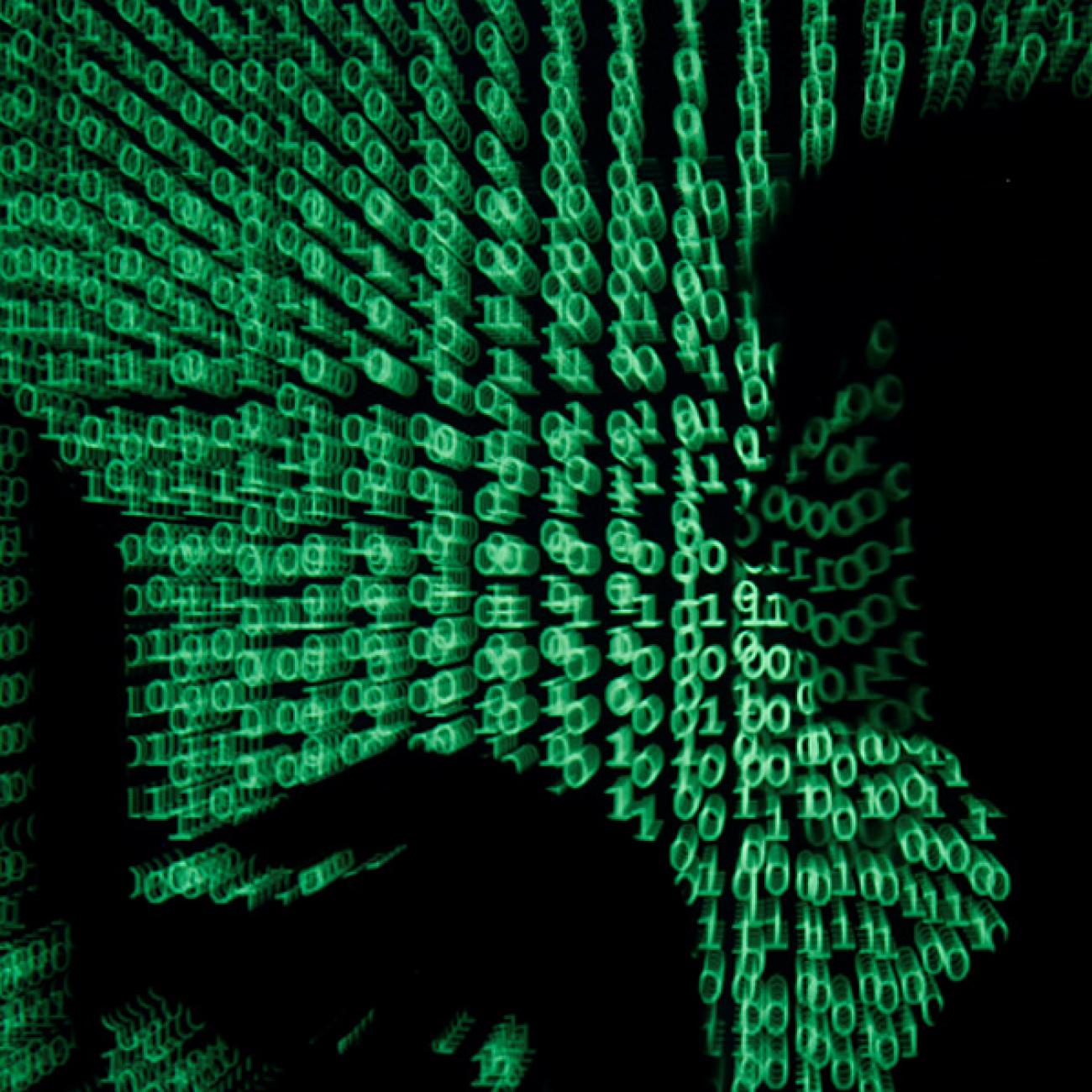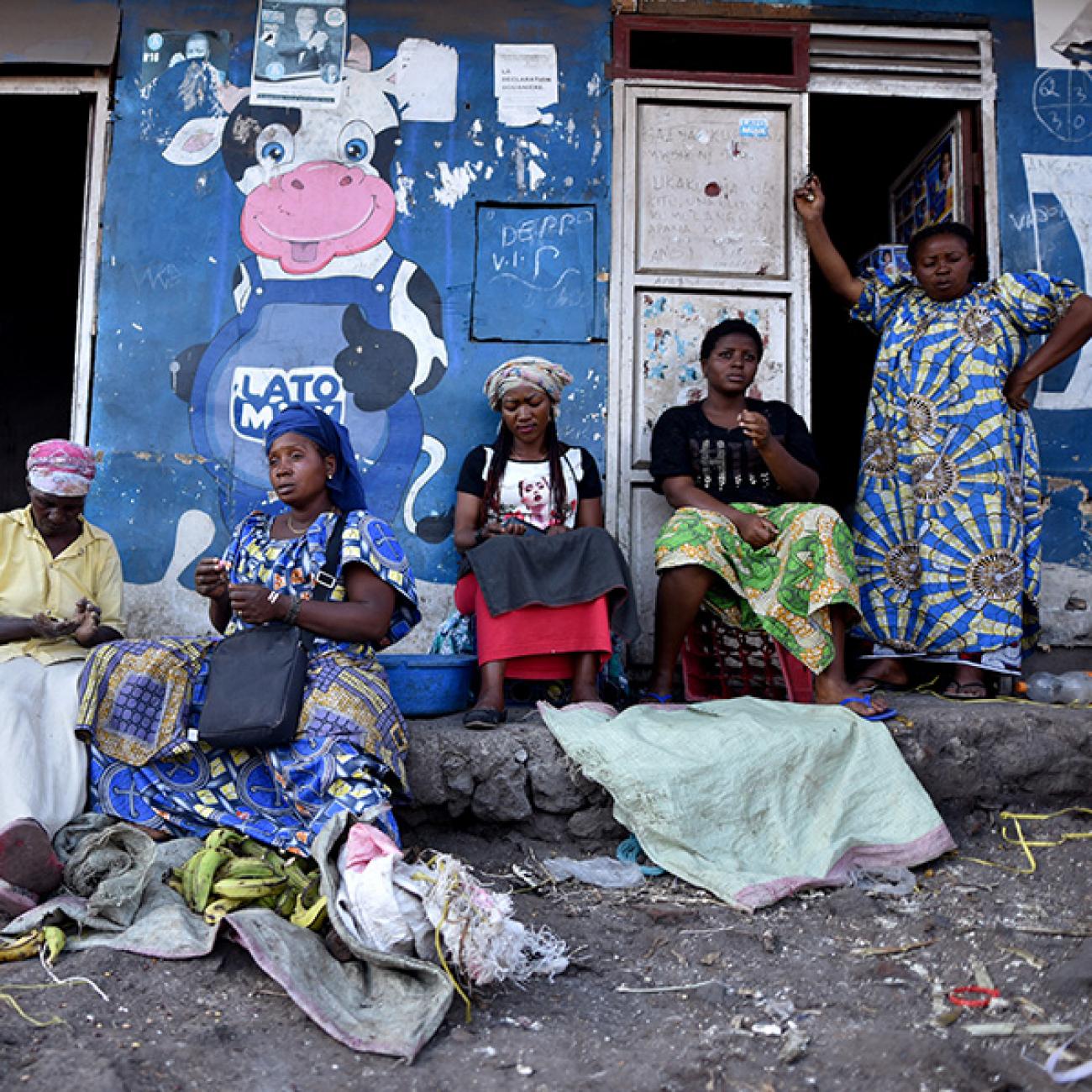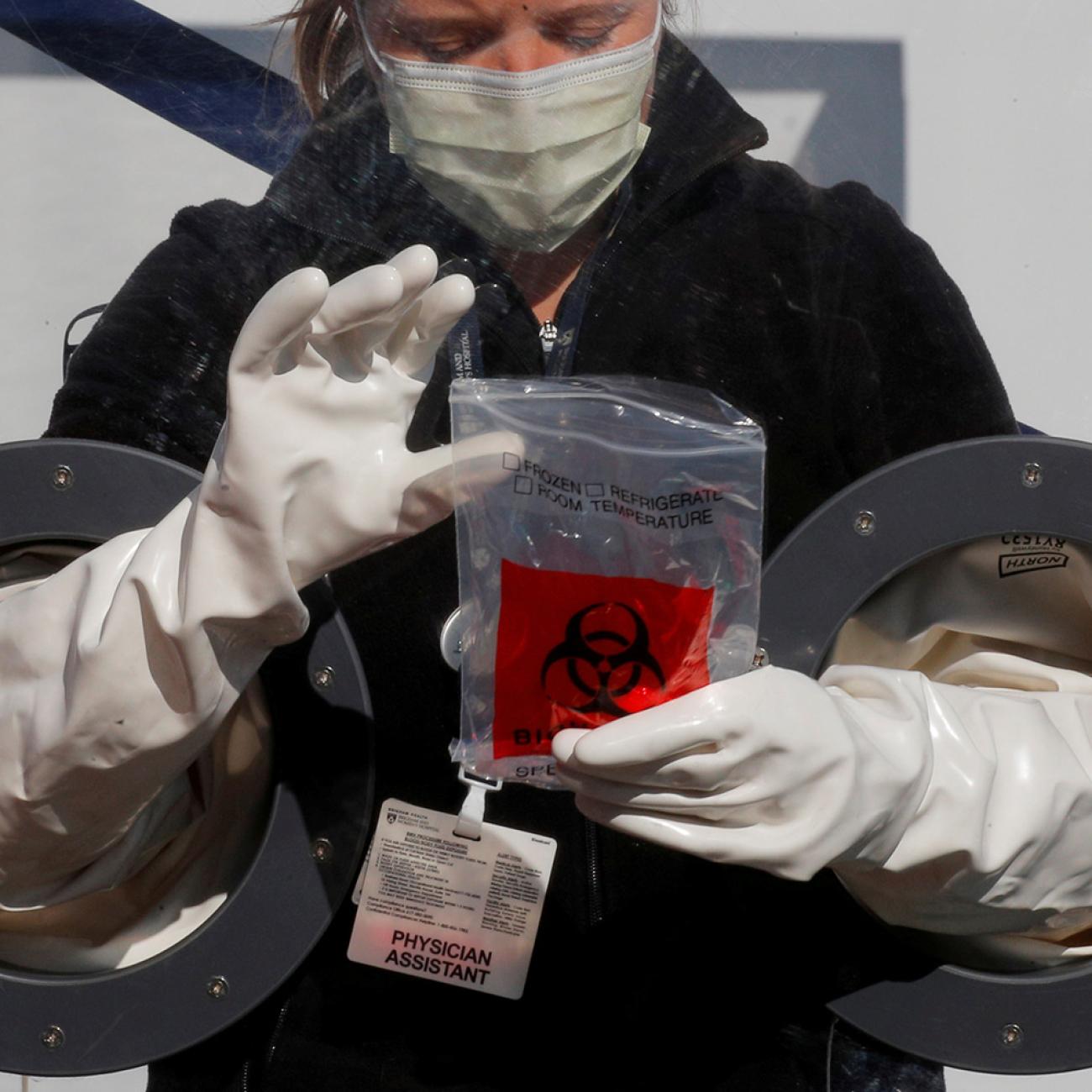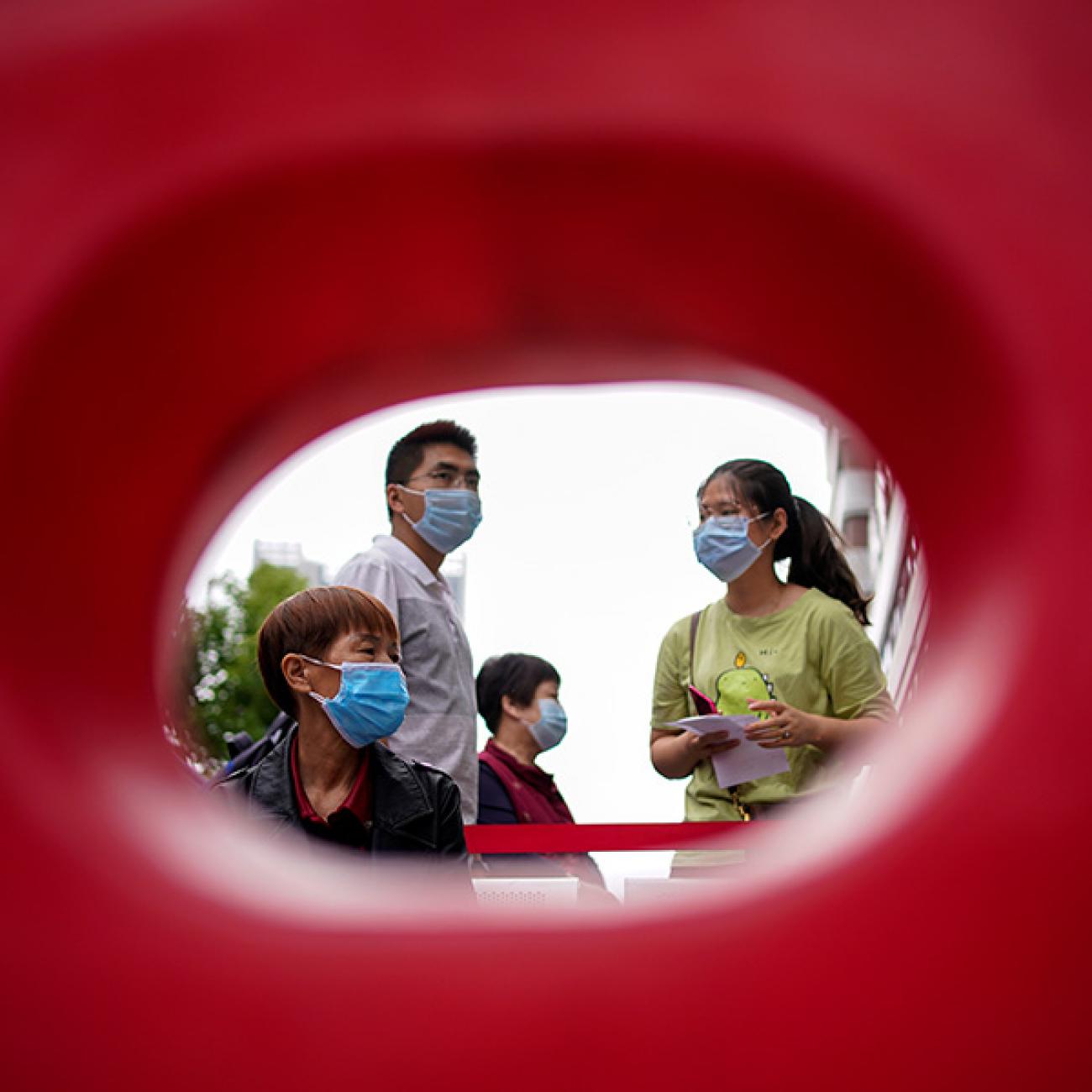In a few years, when we look back at the many challenges and opportunities that have surrounded our response to this novel coronavirus, the world will recognize one bottom line fact: COVID-19 was a moment of global digital transformation. From the moment the disease was identified, every potential and pitfall of our data arsenal rose to the surface, from artificial intelligence (AI) algorithms promising to speed us toward new vaccine candidates, to powerful surveillance and visualization tools helping to map the disease’s trajectory, to the head-spinning power of social media apps connecting the dots within communities—as well as being vehicles for both spreading and combatting misinformation. Beneath all the noise, numbers, and confusion, lies an unparalleled opportunity.
For information technologists, these are heady days indeed
Already, social distancing has birthed advances in telemedicine that will shape our health-care systems well into the future. Ditto for self-care tools like at-home kits that allow people to test themselves, then feed that information into databases used by researchers to forecast new hotspots. Simultaneously, scores of technology companies are inventing contact-tracing tools that could limit the spread of future outbreaks. Others are deploying mathematical models to accelerate new drug trials. For information technologists, these are heady days indeed.
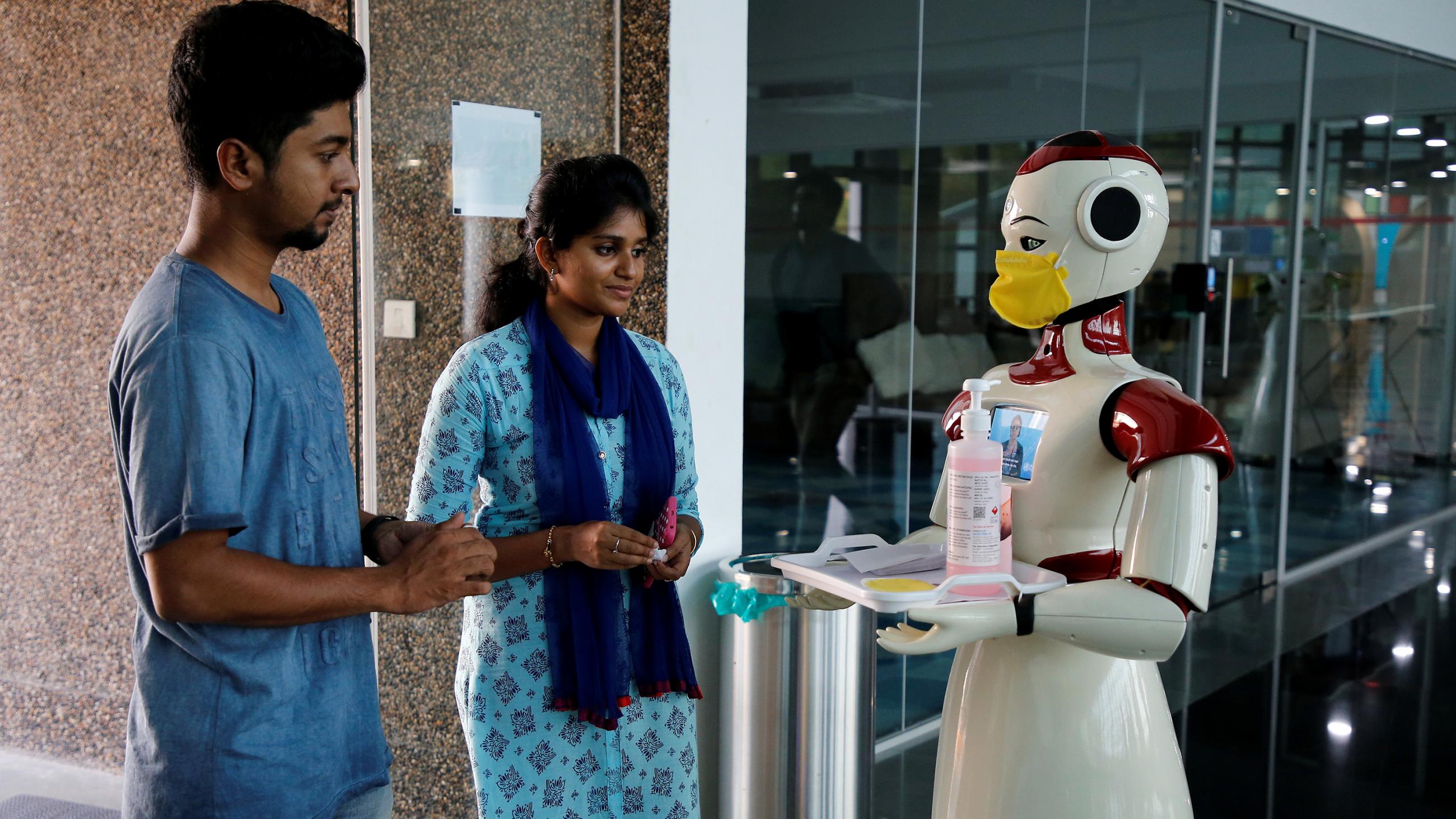
Nor is all this potential digital innovation cloistered in ivory tower research labs. Nowadays, anyone who can code might conceivably invent the next revolutionary app—and many are trying. Social entrepreneurs and hackers are creating tools that may teach us, test us, take our temperatures, and tease all of that information for answers.
Enjoying a time of unprecedented global cooperation
Away from the political bluster dominating news cycles, digital technologists and data scientists are enjoying a time of unprecedented global cooperation. In March, we hosted a conference call that included a technologist from Estonia working on interoperability standards, offering his expertise to a public health expert in New Zealand who, while quarantined at home, was focused on better data sharing. An AI expert from China chimed in to describe tools that other countries could use to scale up COVID-19 testing, while a Kuwaiti doctor discussed ideas for creating national COVID-19 surveillance dashboards so governments might get a clearer sense of the disease. A health expert from Burkina Faso excitedly discussed new telemedicine tools at work in her country, and a British technology specialist showed how he was adapting video games and social media models to address mental health during this period of anxiety and isolation.
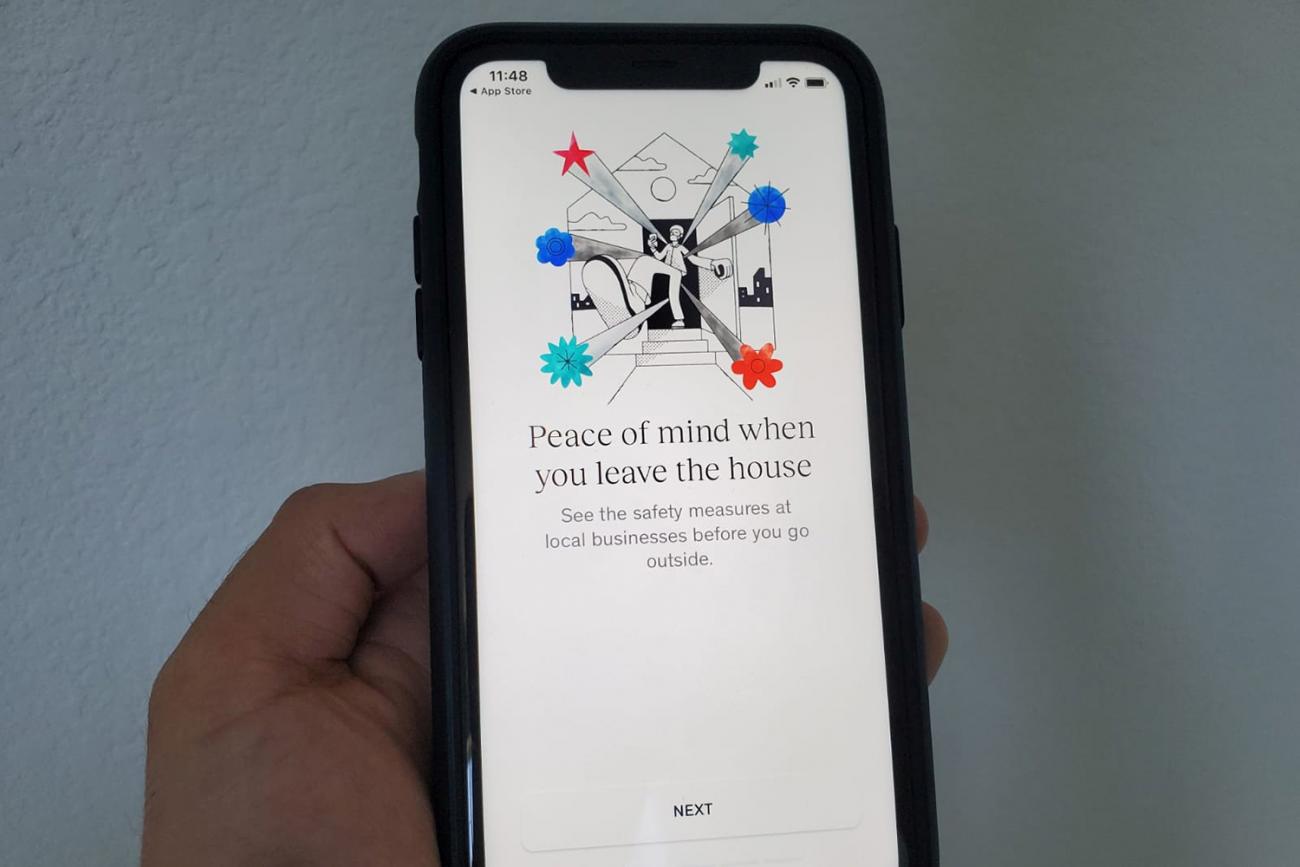
In this sense, the horrible human tragedy of COVID-19 has created an overflowing wealth of potential advances to help our planet confront future pandemics with more digital savvy and strategy.
The existence of multiple, competing contact-tracing apps, none of which talk to each other, undermines their effectiveness
But there are some catches, and they must be addressed now. Following digital innovation in the public health space at the moment is like drinking from the proverbial firehose. For many public health experts, the biggest challenge is simply creating a means to organize and disseminate all the established and emerging tools so that we are not duplicating efforts or leaving regions and countries without access to available knowledge. Take contact tracing. Google and Apple have for instance partnered on an app that can swiftly warn users who have been near the cellphone of someone who has tested positive. That tool, already piloted with nurses and army personnel in Switzerland, is poised to go mainstream this month. The SwissCovid app is voluntary, but its usefulness will depend on how many people agree to download it. Meanwhile, in Qatar, citizens were required to install that country’s chosen app for contact tracing—or risk a $55,000 fine. Simultaneously, a coalition of Texas-based engineers is developing yet another contact-tracing app called CoronaTrace. But the existence of multiple, competing contact-tracing apps, none of which talk to each other, undermines their effectiveness. Better coordination and dissemination of the best digital tools and practices are urgently needed.
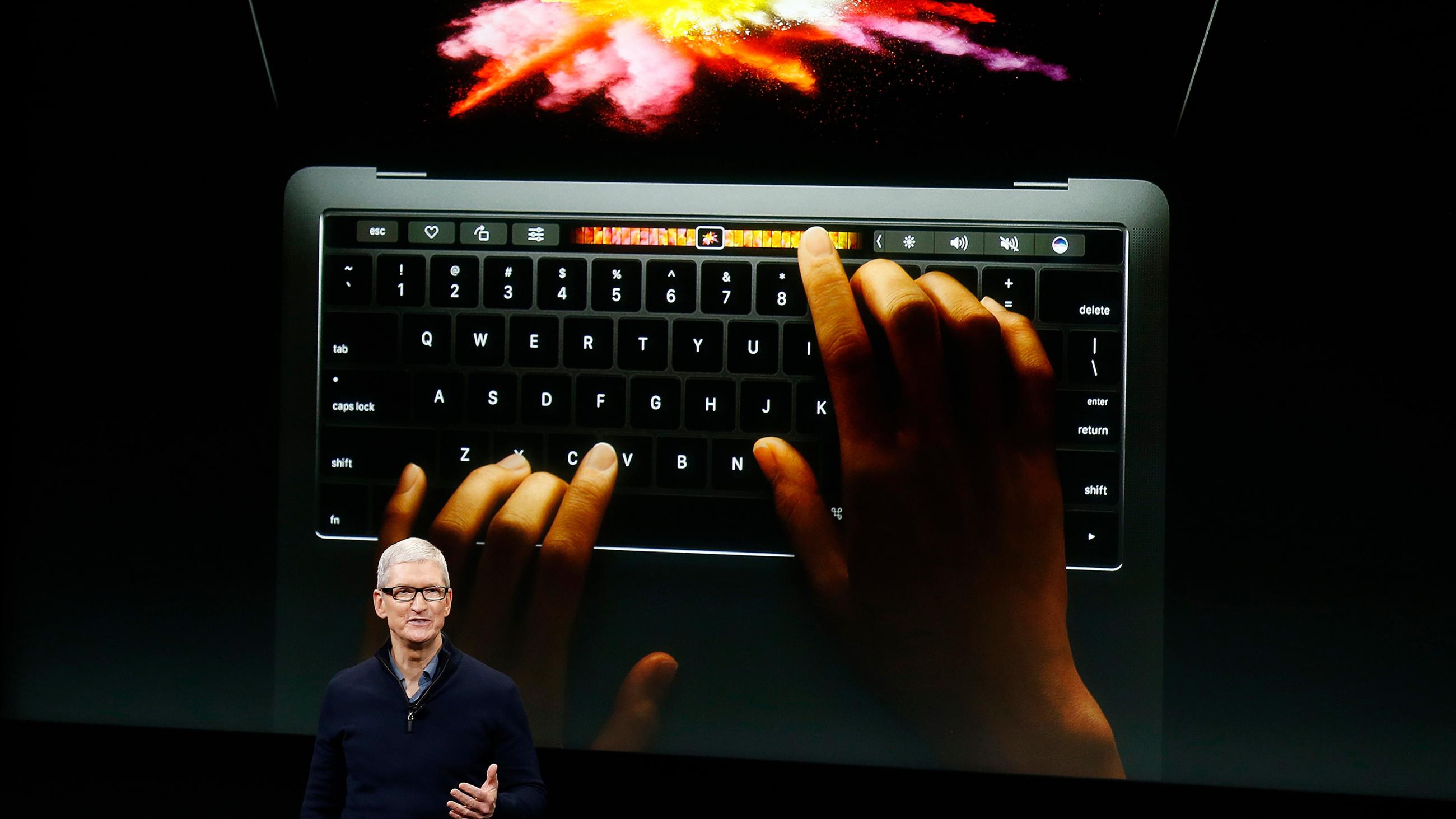
Further, while the urgency of this moment has inspired digital solutions of immense power, they are not being deployed consistently or equitably across the world. The digital pandemic is shining a spotlight on the underlying systemic deficiencies in most health-care systems.
The digital pandemic is shining a spotlight on the underlying systemic deficiencies in most health-care systems
Foundational health information systems—which manage basic patient records, track immunizations and other interventions, support health workers and health systems, manage data, operations, and resources and make evidence-based decisions so as to improve public health—are still under-resourced and underdeveloped in many communities and countries. Moreover, all these tools must comply with the local or global norms and standards, which are often unclear, undeveloped, or inconsistent. Failure to stem the COVID-19 pandemic in some parts of the world will disrupt children’s vaccination schedules, threatening to undo decades of progress against diseases like measles, polio, and diphtheria. Hopefully, we will find that some of the useful technologies we seize on to slow the spread of this novel coronavirus will stick around and advance the goals of universal health coverage.

Along with potentially useful developments, the past four months have also predictably produced a tsunami of shiny-but-useless distractions—tech-based solutions helpful to only a handful of elites, tools that can’t be brought to scale, or tech concepts impossible to implement in any realistic timeframe.
There are no global mechanisms, harmonized regulatory frameworks, or uniform data governance policies for sorting all these ideas—that’s what we need
People say there's no such thing as a bad idea, but that's not necessarily true in a pandemic. Vetting (and discarding) each of these bad ideas takes time. So how do we more efficiently separate the wheat from the chaff? There are no global mechanisms, harmonized regulatory frameworks, or uniform data governance policies for sorting through all these ideas, and that’s what we need. Not that tech can provide all the answers to COVID-19, or any future pandemic. It’s the health-care workers on the ground and public health experts around the globe whose expertise must guide clinical practices and inform the instruments that developers create. At the World Health Organization (WHO), we have created a clearinghouse for digital health solutions intended to connect these on-the-ground experts and frontline workers so that governments around the globe have a place to look for digital health tools that have been tested and vetted.
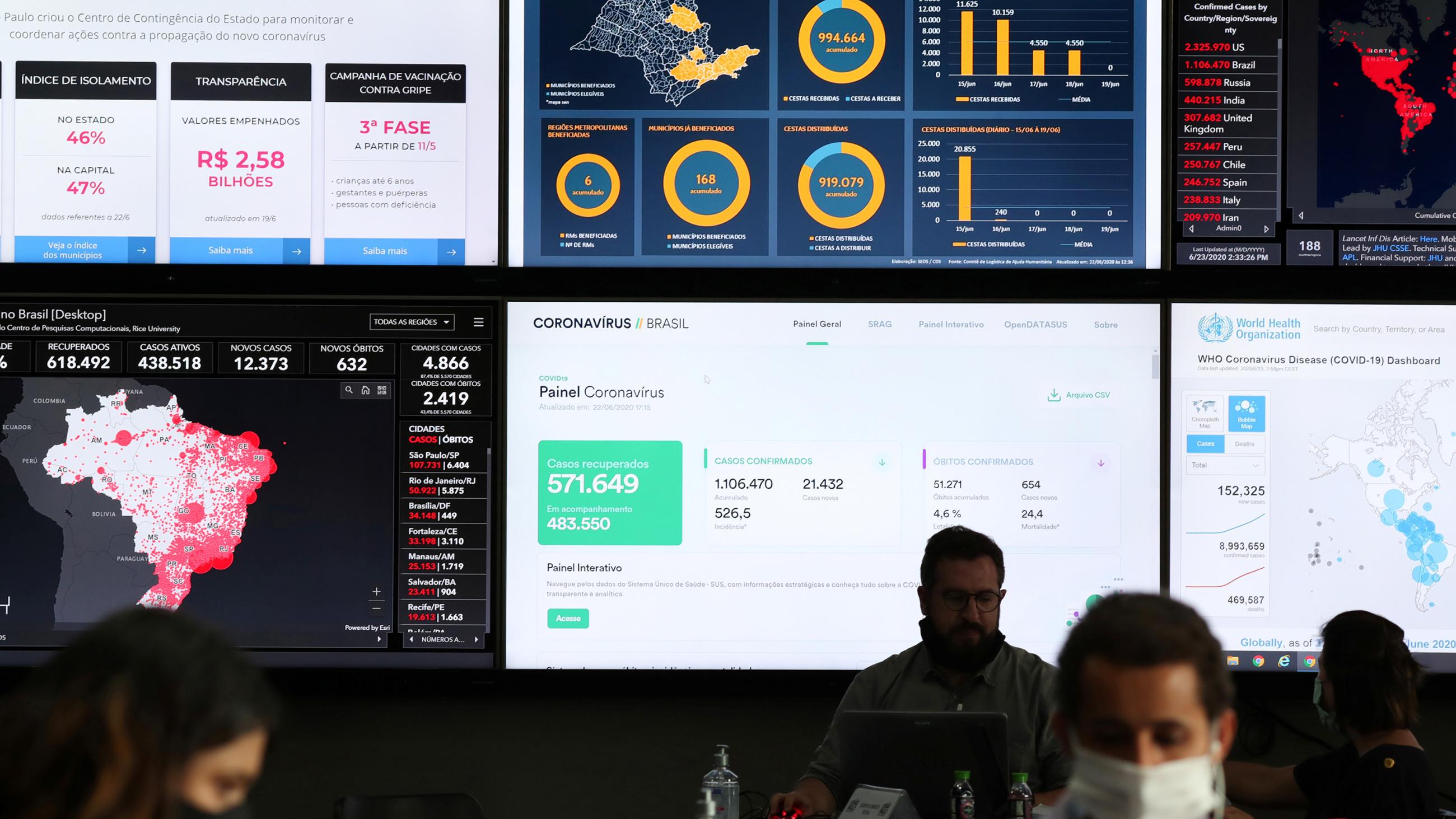
The common denominator necessary to all this innovation is private sector involvement. Put plainly: private enterprise drives technology. There can be little progress without it.
This is humanity’s first digital pandemic. Let’s use that opportunity for global good
Google and Apple pitched themselves as partners on the SwissCovid app. Tech giant Tencent is doing something similar in China to track the health of students as they return to school. We now need technology companies and innovators to continue to engage through partnerships with the public and social sector to build and deliver the best tools and platforms for the future. We need tech employees to lead from within and demand more positive social impact from their companies’ products and services. We need governments and policymakers to clear the way for the deployment of effective digital tools in light of the pandemic’s urgency—while also ensuring that those tools are culturally sensitive, comply with local privacy laws and consumer protections, and do not stigmatize people who may or may not be sick. And we need multilateral organizations, nonprofits and philanthropies, and governmental donors to commit more dedicated funding and programmatic incentives for digital health and well-being in the future.
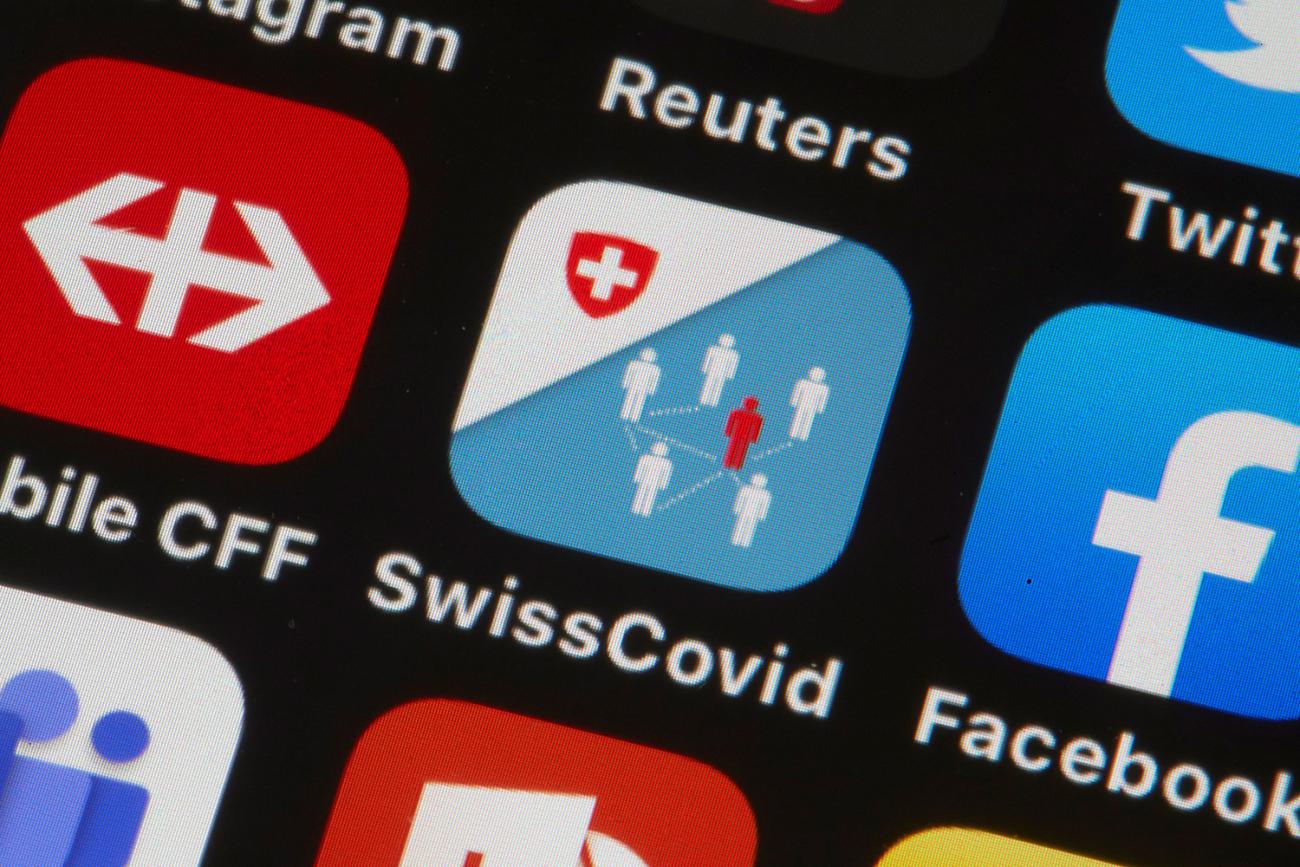
The immense tragedy of COVID-19, already claiming more than half a million lives as of early July, cannot be understated. We nonetheless hope that the digital innovations spurred by this pandemic will help all of humanity going forward provided we choose wisely, listen carefully, explain honestly, and swiftly share the best of these tools as widely as possible. This is humanity’s first digital pandemic. Let’s use that opportunity for global good.





